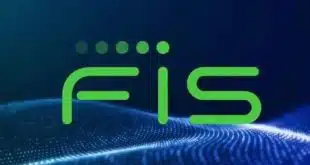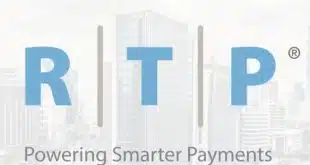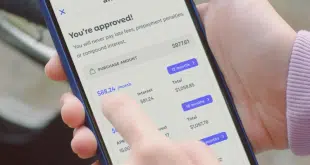With all the attention being given to the upcoming EMV liability-shift deadline on Oct. 1 in the United States, one important issue is getting overlooked. That’s the effect new chip cards and EMV software and equipment will have on the customer experience.
According to a recent report on EMV from research firm IHL, the typical EMV transaction will take five to eight seconds longer than the average mag-stripe card transaction, and that’s assuming everything goes as it should.
Most consumers are unaware that EMV likely will lengthen transaction time. That means they may not only regard the added time as an inconvenience but also as something that is the merchant’s fault. This can lead to frustration on the part of both store associates and customers, particularly upon entering into the time-crunched, high-traffic holiday-shopping season.
Large retailers typically have IT departments that can develop and implement broad-scale associate training to maximize the efficiency of checkout. But many small-to-medium-size businesses (SMBs) aren’t as well-equipped and may be unprepared to minimize associate and customer issues upon adoption of the EMV protocol.
So here are critical considerations SMBs should communicate to associates to prepare for this transition, along with some pointers on where to get help:
Dip Vs. Swipe. Retailers cannot assume that customers who have received new chip cards understand the differences between this technology and their traditional mag-stripe cards. Therefore, even in EMV-enabled stores, customers will tend to default to using the mag-stripe swipe, which will lead to an unexpected prompt by the machine so it can read the chip instead of the mag stripe.
Associates may need to ask customers if they are using a chip card, and check the card if necessary. Associates should then show customers how to insert the card in the reader with the chip pointing up, leaving it there until the transaction is complete and the machine prompts them to remove the card.
In some cases, customers may have to input a PIN according to the cardholder verification method (CVM) selected by the chip, which will be a noticeable change for credit card users accustomed to a signature only. To minimize this adjustment, it is expected that most transactions initially will require only a signature.
After authorization of the transaction, the card reader should prompt customers to take their cards. However, associates also should verbally remind customers to do that.
With contactless payments via near-field communication (NFC), such as Apple Pay, the EMV process can be faster, but a learning curve still remains. Greater transaction times lead to longer checkout lines and, potentially, cart and sales abandonment.
Get Help. Changes that can cause confusion or delays at retail checkout obviously impact the customer experience, and as they take place repeatedly, can also try even the best associates. Here are a few tips to help SMBs find help to ease the adjustment process and expedite transactions:
1) Check the merchant portals on credit card company Web sites for associate training suggestions, videos, and FAQs;
2) Consult with payment providers, independent software vendors, and value-added resellers for EMV training services and materials;
3) Ask hardware vendors about webinars and other instructional opportunities;
4) Research other resources, such as the Retail Solution Providers Association(RSPA) and the Smart Card Alliance;
5) Designate a company EMV expert who studies the differences between magnetic stripe and EMV transactions, leads associate training, and is the go-to person for questions and issues;
6) Meet with associates frequently in the first few months of the EMV transition to share experiences and discuss solutions.
In today’s rapid-fire world, no one wants to be delayed, even if only for a few seconds. Proper preparation will help retail associates assist customers, and once this learning curve has passed, checkout should proceed smoothly and quickly.
—Andrey Tikhonov is senior director of payment technology at Infinite Peripherals Inc., Elk Grove Village, Ill.




